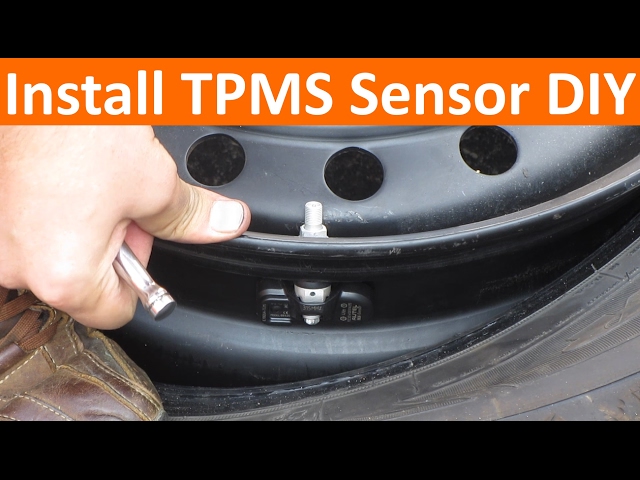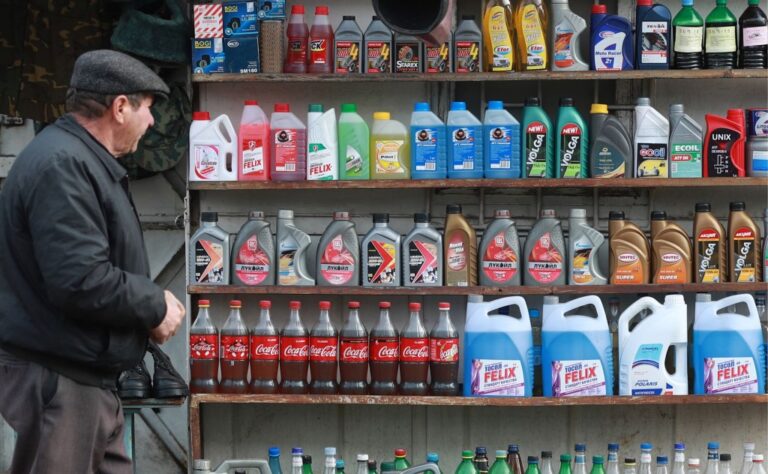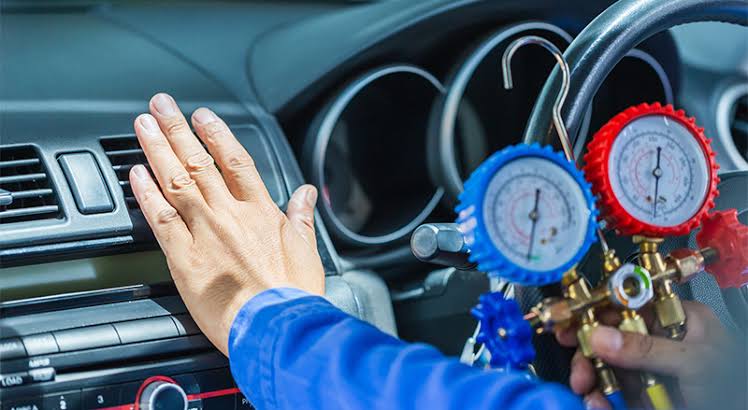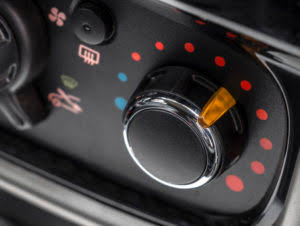Will JB Weld Stick to Plastic?

Yes, JB Weld can stick to plastic, but with some important caveats. Not all plastics are created equal, and certain types bond better than others when using JB Weld or similar epoxy adhesives.
Let’s break down the details to help you know what to expect.
Understanding JB Weld and Plastic Compatibility
JB Weld is a two-part epoxy designed to create a strong bond on metal, plastic, ceramic, wood, and more. However, its effectiveness on plastic depends on the type of plastic you’re working with.
Plastics JB Weld Bonds Well With:
- ABS (used in car bumpers, pipes, etc.)
- PVC (common in plumbing)
- Polycarbonate
- Acrylic
Plastics JB Weld Doesn’t Stick to Well:
- Polyethylene (PE) – e.g., milk jugs, some toolboxes
- Polypropylene (PP) – e.g., car batteries, some containers
These plastics are non-stick, waxy materials that resist most adhesives, including JB Weld.
Best JB Weld Product for Plastic
If you’re bonding plastic, use a product specifically formulated for it:
JB Weld Plastic Bonder
- Works well on ABS, PVC, and polycarbonate
- Sets in 15 minutes
- Cures in 30 minutes to 1 hour
- Sandable and paintable
JB Weld PlasticWeld Putty
- Great for plastic repairs with shape
- Easy to mold and fill gaps
- Best for automotive trims, bumpers, and tanks
Tips for Best Bonding
- Clean the Surface: Remove dirt, grease, and oils with isopropyl alcohol or acetone.
- Roughen the Plastic: Lightly sand the bonding area to give the adhesive a better grip.
- Use Clamps if Possible: Hold the pieces together while curing for maximum strength.
- Let It Fully Cure: Give it 15–24 hours to fully set before stressing the bond.
FAQs
Q: Will JB Weld hold on a plastic gas tank?
A: Use JB Weld PlasticWeld—it’s resistant to fuel and works well for temporary fixes.
Q: Can I paint over JB Weld on plastic?
A: Yes, once it’s fully cured and sanded, JB Weld is paintable.
Q: Is JB Weld waterproof on plastic?
A: Yes, after curing, it forms a waterproof seal.
Conclusion
JB Weld will stick to most common plastics, especially if you use the right product and prep the surface properly. For tricky plastics like polyethylene or polypropylene, you may need a special plastic adhesive or mechanical fastening instead.
Let me know what you’re trying to fix and I’ll recommend the best product!




